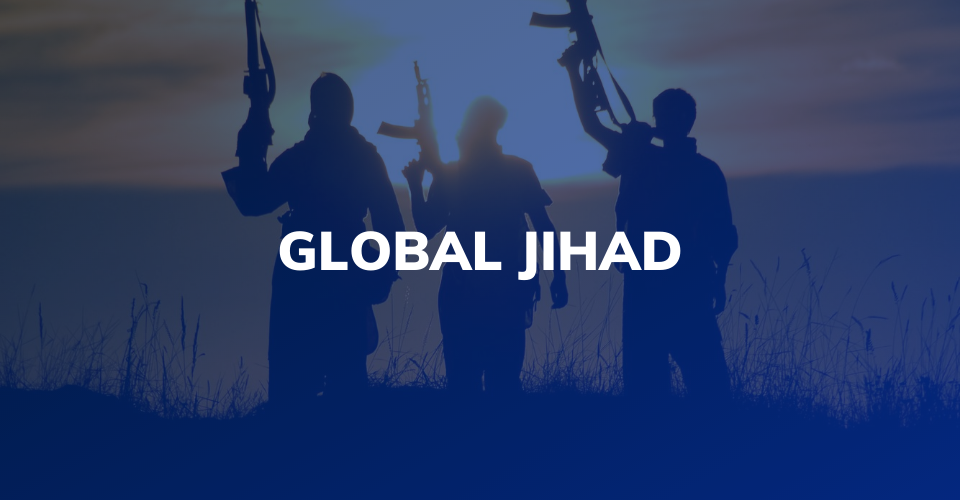The Lebanese Shiite vs. Hezbollah’s Hegemony
The popular protests the Lebanese regime in condemnation of its corruption and the economic crisis, which started in October 2019 however paused due to COVID-19 and resumed in June 2020, includes, in addition to Sunni and Christian protesters, a growing number of Shiite protesters. Shiite clerics, journalists, intellectuals and social activists active on social media assign direct liability to the deteriorating economic, moral and social situation in Lebanon to Hezbollah and Amal, as the latter are part of the corrupt leadership of Lebanon and the ones who do Iran’s bidding to undermine the stability of Lebanon. It seems the pandemic exacerbates the social and economic maladies in Lebanon and with them intensifies the voices of the Shiite critics.
The popular uprising first erupted in October 2019, triggered by the government’s intention to tax the use of WhatsApp, but in reality, was aimed against the governmental corruption, the growing unemployment rate and the rising cost of living. In response to the protesters demand to replace the corrupt government, premier Saad al-Hariri resigned in October 2019 to be replaced by Hassan Diab who is close to Hezbollah. The protests intensified in January 2020 after the Lebanese security forces cracked down heavy handedly on the protesters and used rubber bullets and tear gas to disperse the protesters. That said, in light of the spread of COVID-19 the protests subsided temporarily on the street but not on social media where allegations were made against Hezbollah. In June 2020 the protests returned to the street due to the crumbling Lebanese Lira and the decline of many to poverty on the brink of starvation.
 This article is part of the RED-Alert project, funded by the European Union’s Horizon 2020 research and innovation Programme under grant agreement No 740688.
This article is part of the RED-Alert project, funded by the European Union’s Horizon 2020 research and innovation Programme under grant agreement No 740688.






